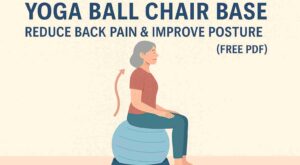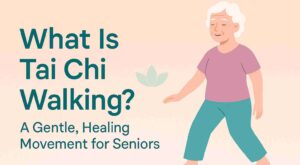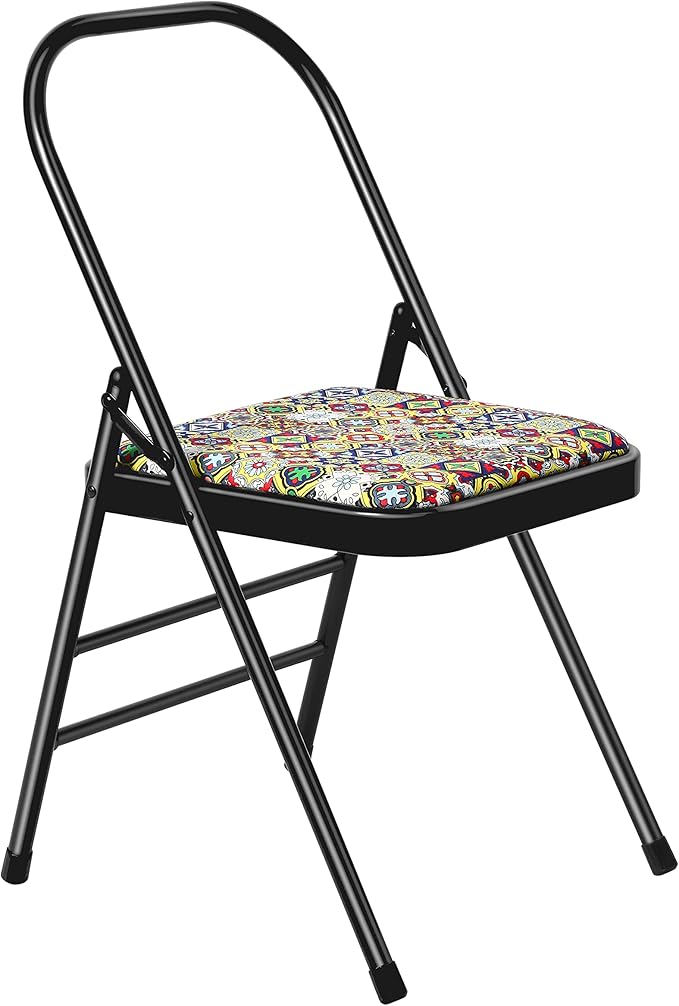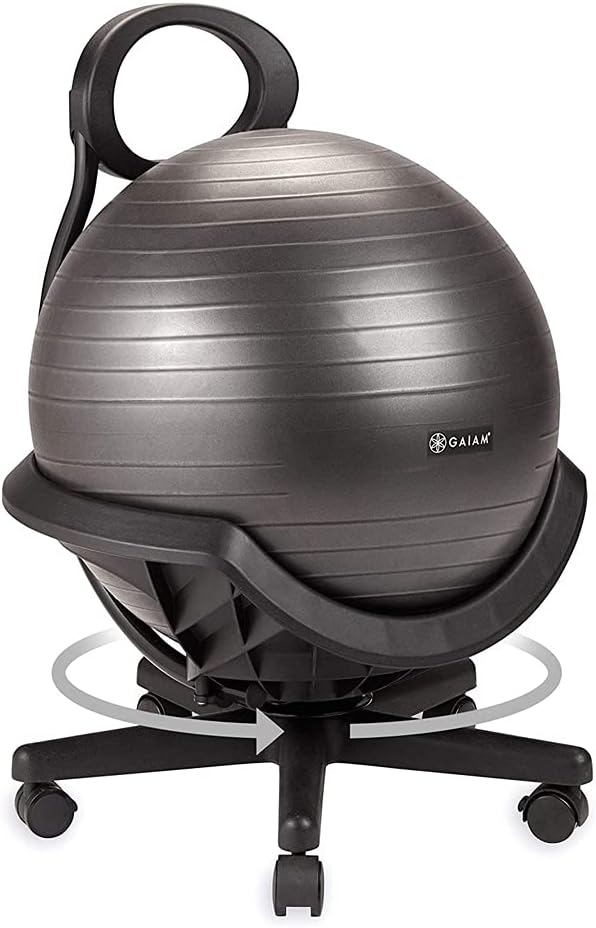Which is better for osteoporosis yoga or pilates? – As individuals seek ways to strengthen their bones and improve their overall health, two popular exercise methods often come to mind: Yoga and Pilates. Both practices offer unique benefits, but when it comes to managing osteoporosis, which one is better? In this comprehensive article, we will delve into the advantages of both yoga and Pilates for osteoporosis, helping you make an informed decision about which practice might be best suited to your needs.
Table of Contents
Understanding Osteoporosis and finding Which is better for osteoporosis yoga or pilates?
- Before we explore the benefits of yoga and Pilates, it’s essential to understand what osteoporosis is and how it affects the body.
- Osteoporosis is a bone disease characterized by a decrease in bone density, leading to fragile and brittle bones.
- This condition increases the risk of fractures, particularly in the hips, spine, and wrists.
- It is most common in postmenopausal women, but it can also affect men and younger individuals.
- The primary goals of any exercise regimen for osteoporosis are to increase bone density, improve balance and coordination, and enhance overall strength.
- Weight-bearing exercises are especially beneficial because they stimulate bone growth by applying stress to the bones.
- This is where yoga and Pilates come into play, as both forms of exercise can be adapted to meet the needs of individuals with osteoporosis.
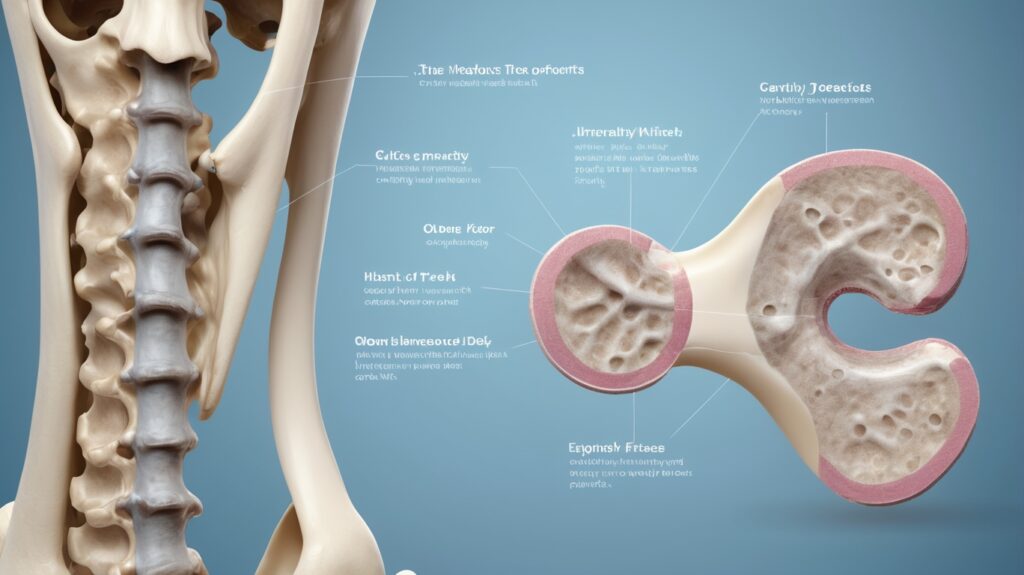
The Benefits of Yoga for Osteoporosis
1. Weight-Bearing and Balance Improvement
- Yoga is a practice that involves a series of postures, known as asanas, which can be both weight-bearing and non-weight-bearing.
- For individuals with osteoporosis, weight-bearing asanas are particularly beneficial. These poses, such as Tree Pose (Vrksasana) and Warrior II (Virabhadrasana II), help to build strength in the legs, hips, and spine.
- By holding these poses, the body applies stress to the bones, encouraging them to become denser and stronger.
- Moreover, yoga emphasizes balance and coordination, which are critical for preventing falls, a common concern for individuals with osteoporosis.
- Tree Pose and Eagle Pose (Garudasana), for example, require focus and stability, helping to improve proprioception and reduce the risk of falls.

2. Flexibility and Posture Enhancement
- Osteoporosis can lead to a stooped posture due to the weakening of the vertebrae.
- Yoga addresses this by incorporating poses that strengthen the muscles along the spine and improve flexibility.
- Cobra Pose (Bhujangasana) and Mountain Pose (Tadasana) are excellent for opening the chest, elongating the spine, and encouraging proper alignment.
- In addition, yoga promotes flexibility in the hips, shoulders, and other joints, which can alleviate stiffness and reduce the strain on bones.
- This increased flexibility can contribute to better posture and decreased pain, particularly in the back.
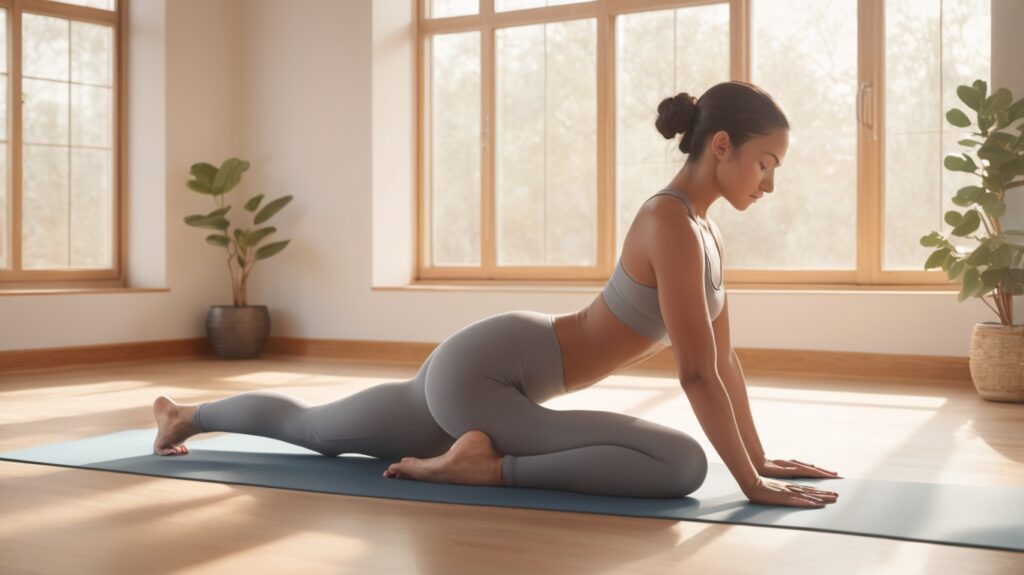
3. Stress Reduction and Mind-Body Connection
- Managing osteoporosis is not just about physical strength; mental well-being is also crucial.
- Yoga is well-known for its ability to reduce stress and anxiety through controlled breathing exercises and meditation.
- Stress has been shown to negatively impact bone health, so incorporating yoga into a routine can help mitigate these effects.
- The practice of mindfulness and deep breathing in yoga also fosters a strong mind-body connection, which is essential for maintaining overall health.

The Benefits of Pilates for Osteoporosis
1. Core Strength and Stability
- Pilates is a form of exercise that focuses on developing core strength, stability, and controlled movements.
- For individuals with osteoporosis, having a strong core is essential because it supports the spine and reduces the risk of fractures.
- Pilates exercises such as The Hundred and Pelvic Tilts target the deep abdominal muscles, which are crucial for maintaining good posture and balance.
- A strong core also helps to distribute weight evenly throughout the body, reducing the load on the spine and other vulnerable areas.
- This is particularly important for those with osteoporosis, as it can prevent compression fractures in the vertebrae.

2. Low-Impact Movements
- One of the significant advantages of Pilates is that it is a low-impact exercise, meaning it places minimal stress on the joints while still providing a challenging workout.
- This makes it an ideal choice for individuals with osteoporosis, who may need to avoid high-impact activities that could lead to fractures.
- Pilates exercises are performed with controlled, fluid movements, which not only enhance strength but also improve flexibility and joint mobility.
- Leg Circles and Spine Stretch Forward are examples of Pilates movements that gently work the muscles and bones without risking injury.

3. Focus on Alignment and Posture
- Like yoga, Pilates places a strong emphasis on proper alignment and posture.
- Exercises such as The Roll-Up and The Swan help to elongate the spine and strengthen the muscles that support it.
- By maintaining correct alignment during these exercises, individuals with osteoporosis can prevent the development of a hunched back, a common issue associated with the condition.
- Furthermore, Pilates teaches awareness of the body’s alignment during everyday activities, which can reduce the likelihood of falls and injuries.
- This focus on alignment is beneficial for maintaining bone health and overall well-being.

Which is Better: Yoga or Pilates?
When comparing yoga and Pilates for osteoporosis, it’s essential to consider the specific needs and goals of the individual. Both practices offer unique benefits that can complement each other, and incorporating elements of both into a regular exercise routine may provide the best results.
Yoga May Be Better If:
- You want to improve balance and flexibility: Yoga’s emphasis on balance poses and stretching can help enhance flexibility and coordination, which are vital for preventing falls.
- You’re looking for stress relief: The mindfulness and relaxation components of yoga can significantly reduce stress, which is beneficial for bone health.
- You prefer a holistic approach: Yoga offers a mind-body connection that promotes overall wellness, addressing both physical and mental aspects of health.
Pilates May Be Better If:
- You need to strengthen your core: Pilates is unparalleled in its focus on core strength, which is essential for supporting the spine and reducing fracture risk.
- You prefer low-impact exercises: The controlled, low-impact nature of Pilates makes it suitable for those who may need to avoid high-impact activities.
- You’re focused on posture and alignment: Pilates’ emphasis on precise movements and alignment can help improve posture and prevent spinal issues related to osteoporosis.
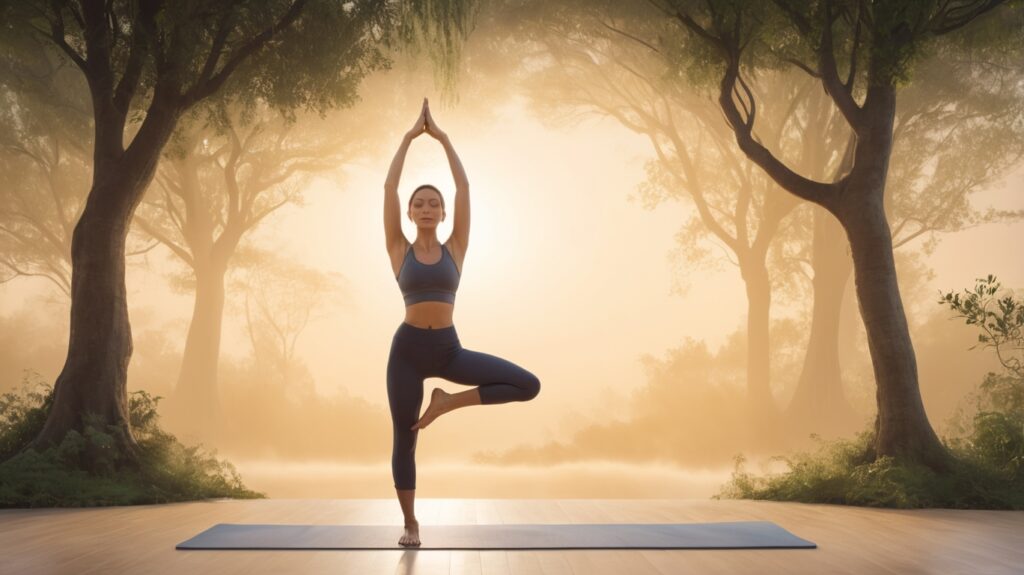
Conclusion of Which is better for osteoporosis yoga or pilates?
Ultimately, the decision between yoga and Pilates for osteoporosis should be based on personal preferences, fitness levels, and the specific needs of the individual. Both practices offer substantial benefits and can be adapted to accommodate varying levels of bone density and physical ability. For the best results, it may be beneficial to incorporate both yoga and Pilates into a balanced exercise routine that addresses all aspects of bone health.
PCOS Yoga: Incredible Power of Yoga
Yoga-go.io genuine review
7 kirtan kriya benefits Incredible
Somatic Yoga Exercises PDF
50+ Printable Chair exercises for seniors
Horse Yoga Pose Step-by-Step
Dangers of Yin Yoga for People with (Osteoporosis)
Is kirtan kriya dangerous
20+ Spiritual Dangers of Yoga
Top 10 Somatic Yoga Exercises
20+ Hot Yin Yoga Essential Poses
What is Yin Yang Yoga
10+ Kundalini Yoga Kriyas







